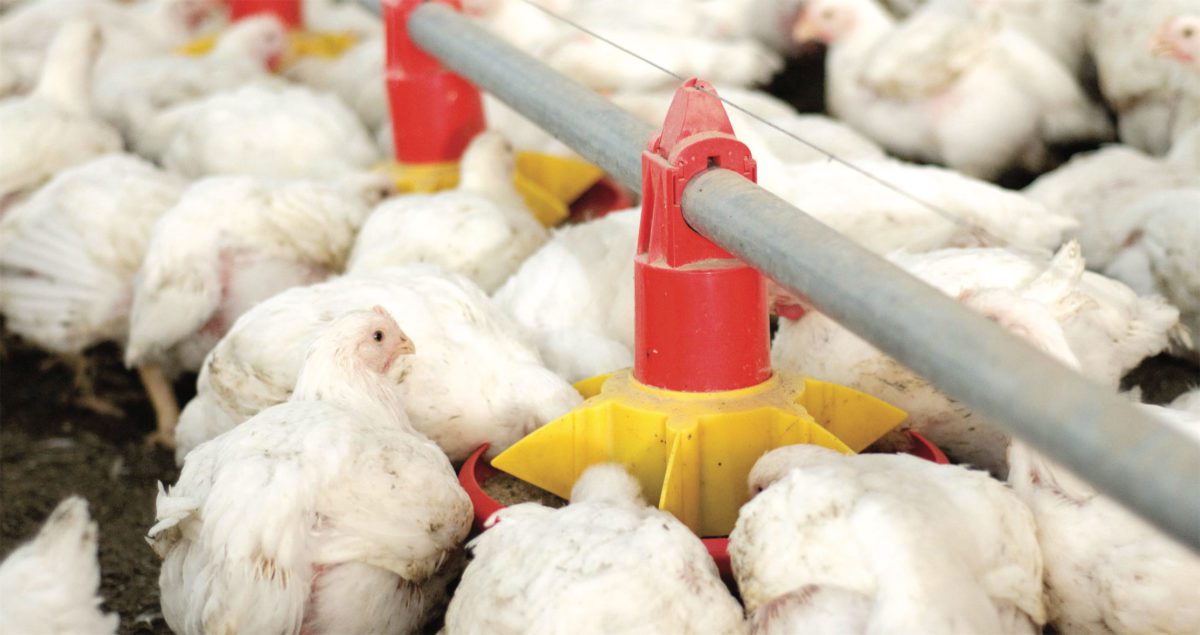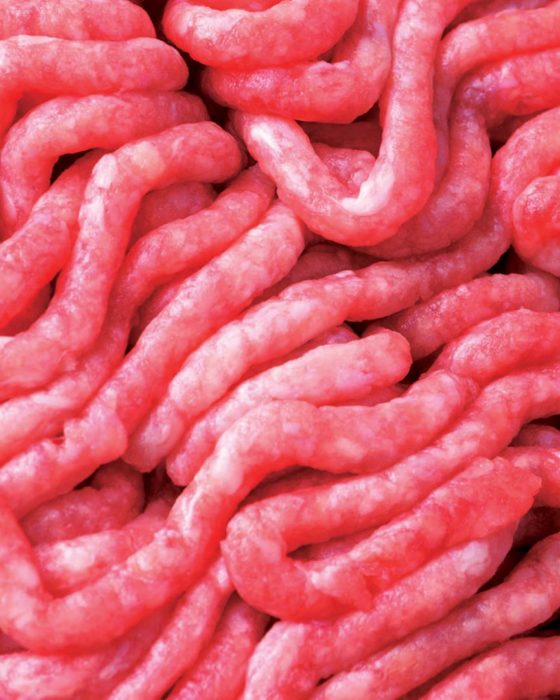We live in an era of abundance and security unprecedented in human history, a true Golden Age. Despite the natural disasters, pandemics, wars and political calamities that have afflicted us in the last 100 years, we have achieved what was impossible in all the centuries preceding: food security for the vast majority of the world’s population, surpassing 8 billion last year. But this spectacular progress has come with a hefty price tag, which we are now starting to pay. We can survive and even flourish in the future, but only with the Great Food Transformation.

From ancient times through the Middle Ages and the two World Wars of the 20th century, hunger was an ever-present threat for most people. Massive famines were as regular as clockwork due to droughts, floods, plagues, volcanic eruptions, nomadic raiders, wars and bad farming practices. Even in the 19th and 20th centuries, food security was a chronic problem. The potato blight in Ireland started in 1845 and killed approximately one million people, with an estimated two million fleeing the country. The tuber had become a staple of the Irish diet around 1800, nearly two centuries after it was brought to the European continent by the Spanish conquistadors. More than any other factor, the humble potato—massively nutritious and easy to grow in almost any soil and climate—came close to ending the cycle of famine in Europe that had persisted since the fall of the Roman Empire. But not quite.
In the 1870s, with a global population of 1.5 billion, over 20 million people worldwide died from famine. With a population of 1.8 billion in the 1920s, 16 million people starved to death. In the 1940s, with a population of 2.5 billion, 18.6 million died from hunger. And then a revolution in food production—as radical as the original agricultural revolution that spawned the first great civilizations of ancient Mesopotamia, Egypt, the Indus Valley and China—finally ended the nightmare of starvation for so many of the world’s inhabitants.
It was the Green Revolution, a period marked by shifts in agricultural technology transfer initiatives developed in Mexico with the support of the U.S. government, the Rockefeller Foundation, the United Nation’s Food and Agriculture Organization and the Ford Foundation. The developments began in the 1940s, and the next two decades saw the introduction of new farming techniques that greatly increased crop yields and production. These monumental advancements raised incomes, fed millions and reduced infant mortality rates. They also lessened greenhouse gas emissions and the amount of land needed to grow crops. Farmers now had the latest technology and seeds to maximize their production: new high-yielding varieties of wheat, rice and corn, plus chemical fertilizers, preservatives and insecticides to spray on their fields.
And megatons of fossil fuel—for fertilizers and to power all the combines, threshers, ships and trucks needed to harvest and distribute the new bounty. Since 1950, fossil fuel consumption has increased eightfold, roughly doubling since 1980, according to Our World in Data. It took a while to implement, but this fossil-fueled Green Revolution worked spectacularly: Though the ’60s ended with a death toll of over 16 million from starvation, that cruel statistic fell to below 4 million the following decade and under 2 million in the ’80s and ’90s. From 2010 to 2016, only 255,000 died from famine. Even as the world population swelled like never before—from 3 billion in 1960 to 7 billion in 2010—total deaths from starvation plummeted to historical lows.
But these incredible advances came with a price that we are only now beginning to realize. Dousing farmlands with chemical fertilizers is like a meth addiction: Wired with turbocharged, unnatural energy for weeks, months or years, the soil becomes ravaged. The earthworms and organic components that make soil naturally fertile have been leached out. Compounding this, fossil fuel addiction is also accelerating climate change, with more frequent and extreme heat waves, frost, droughts, floods and disrupted precipitation patterns. The alarm bells for food production are ringing. In 2022, Nature Climate Change published a study showing that the American West’s current megadrought (2000-2022) broke records for the driest 22-year period in the region in 1,200 years. According to the study, in 2021 Lakes Mead and Powell “reached their lowest levels on record, triggering unprecedented restrictions on Colorado River usage,” and as of January 2022, Lake Mead, the nation’s largest reservoir, was at just 34% capacity. Underground aquifers that took centuries to fill, from Arizona to the massive Ogallala Aquifer in the Midwest, have been pumped bone-dry or nearly dry. In fact, every continent in the world has been affected by climate change. In August 2022, the European Drought Observatory reported that approximately half of Europe is now under “warning” conditions as a result of the continent’s worst drought in 500 years. Brazil is suffering their worst drought in nearly a century. Reliable farmlands across the world have turned into dust bowls.

“We’re dealing now with a massive food insecurity crisis,” Secretary of State Antony Blinken said at a summit with African leaders in D.C. in December. “It’s the product of a lot of things, as we all know, including Russia’s aggression against Ukraine.” And it’s probably going to get worse. The global willpower to do something seriously effective to reduce CO2 emissions has been disappointing so far: New summit meetings, pledges and goals are made, but then too many countries fail to walk the walk. We are all energy addicts, and the habit is hard to break. If we were to magically cut all CO2 emissions and go 100% renewable energy tomorrow, there’s still enough concentration of long-lasting greenhouse gases to continue warming the planet for the rest of this century. So climate change is unavoidable, and we will have to adapt to it while struggling to kick the habit. Even if we were to succeed in the Paris Agreement’s goal of limiting global warming to less than 2 degrees Celsius—ideally no more than 1.5 degrees Celsius—it’s estimated that U.S. production of corn could still decrease by 18%. And a 2018 study of global vegetable and legume production found that if current greenhouse gas emission trends continue, yields could fall by 35% by the end of the 21st century because of the scarcity of water and increased salinity and ozone. Meanwhile, the world population will continue to grow. Clearly, this is unsustainable. That’s why the World Economic Forum, the prestigious Lancet medical journal, the United Nations and many other organizations have called for a successor to the Green Revolution…































